Tiny homes promise freedom, affordability, and a simpler life, but they also come with a complex web of regulations. Many hopeful builders are blindsided by obscure laws that barely get mentioned during the planning stages. Even a minor violation can trigger hefty fines or even orders to demolish. Understanding these overlooked rules is critical for anyone dreaming of going tiny.
1. Minimum Square Footage Requirements
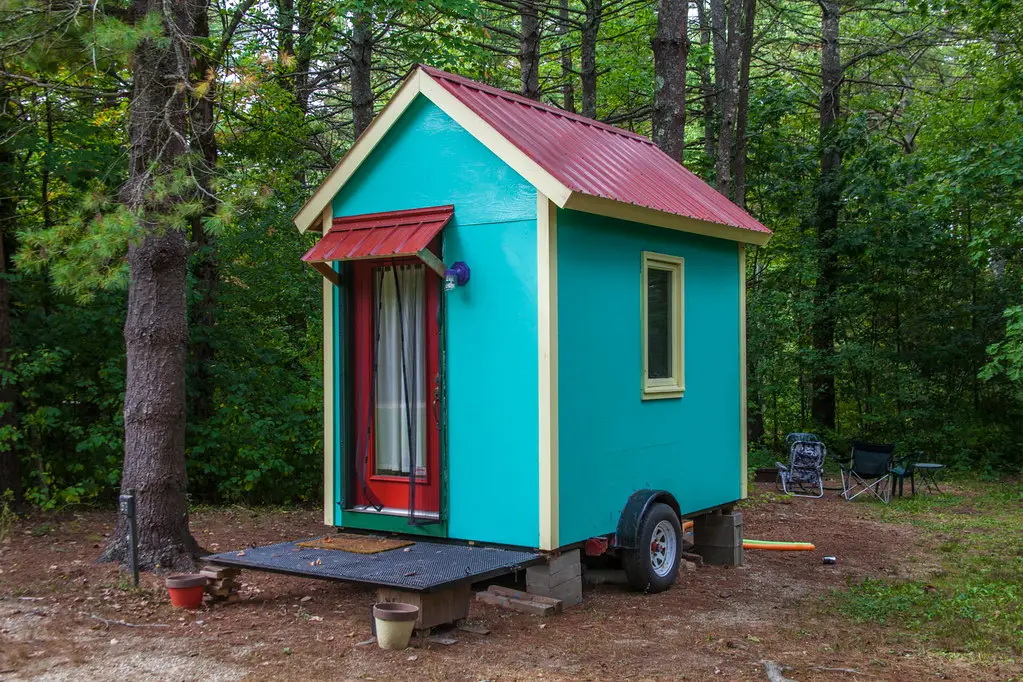
According to Curbed, many local zoning codes still enforce minimum house size requirements that tiny homes often fail to meet. Some towns mandate a minimum of 800 or even 1,000 square feet. If your home falls short, you may not be legally allowed to occupy it full-time. Builders are often stunned when they realize size, not quality, can trigger legal problems.
These outdated codes were designed for traditional suburbs. Tiny homes directly challenge those assumptions. Navigating these restrictions often requires zoning variances. Without approval, fines and eviction notices are real risks.
2. Foundation Mandates
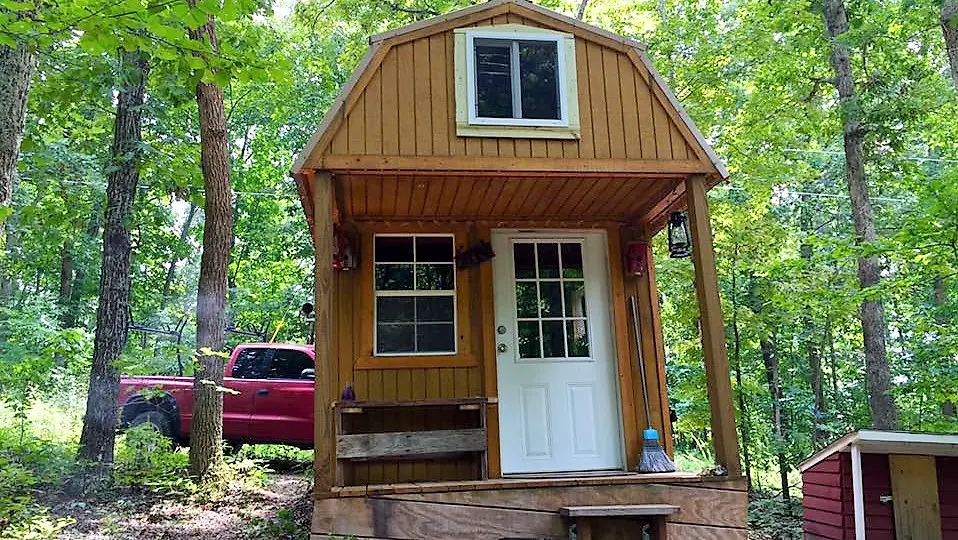
As explained by The Tiny Life, some municipalities refuse to recognize homes on wheels as permanent residences. Many areas legally require tiny homes to be built on permanent foundations. This rule can dramatically increase construction costs and limit mobility. Without it, your tiny home may be classified as an RV, barring year-round living.
Even if your home looks sturdy, the lack of a traditional foundation matters legally. Non-compliance can lead to hefty penalties or forced relocation. Local laws often value permanence over creativity. Builders must plan carefully to avoid surprises.
3. Utility Hookup Requirements

According to Clever Tiny Homes, some regions demand full water, sewer, and electrical hookups for any legal dwelling. Off-grid systems are often not recognized as valid for long-term occupancy. Builders trying to stay green can face unexpected roadblocks. Meeting hookup standards can add tens of thousands to the project cost.
Failure to meet utility standards can result in steep fines or housing code violations. Self-sufficiency is often seen as non-compliance. Many dreamers overlook this expense during budgeting. Municipalities prioritize public health infrastructure over personal lifestyle choices.
4. RV Certification Loopholes
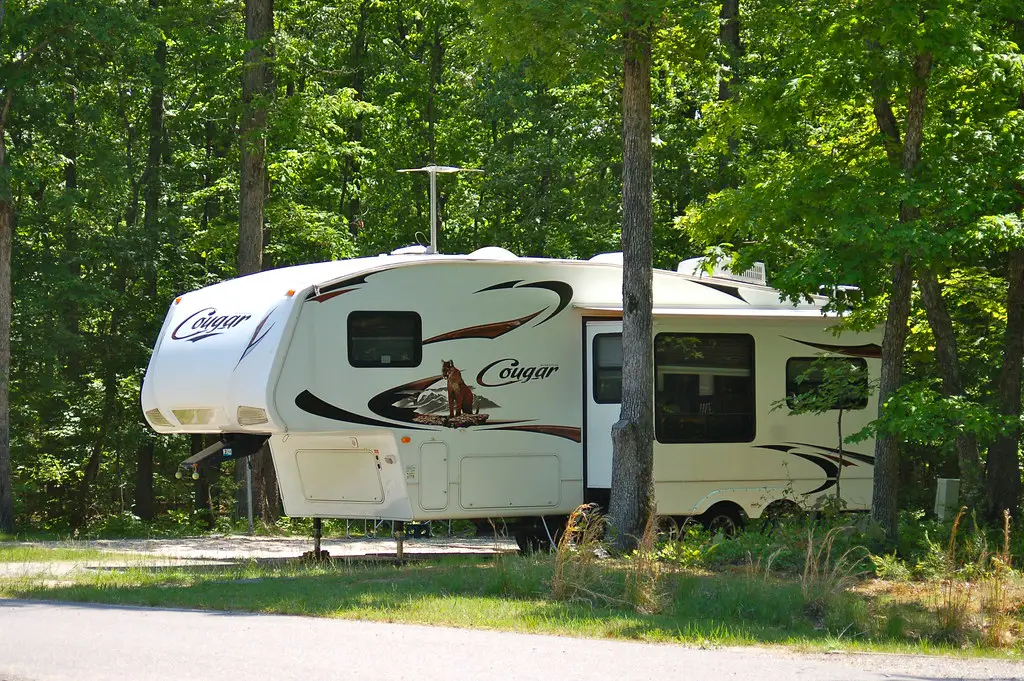
As reported by RVIA, some tiny homes skirt regulations by getting certified as RVs, but that status comes with strict limits. You may only legally live in an RV full-time in designated parks. Private land often forbids full-time RV living under zoning laws. Builders banking on RV status often find themselves trapped by restrictions.
An RV label may ease building code issues but complicates residency rights. Long-term parking can invite legal trouble. Full residential use usually requires meeting different standards. Builders need to understand both benefits and limits before choosing this path.
5. Height and Width Restrictions
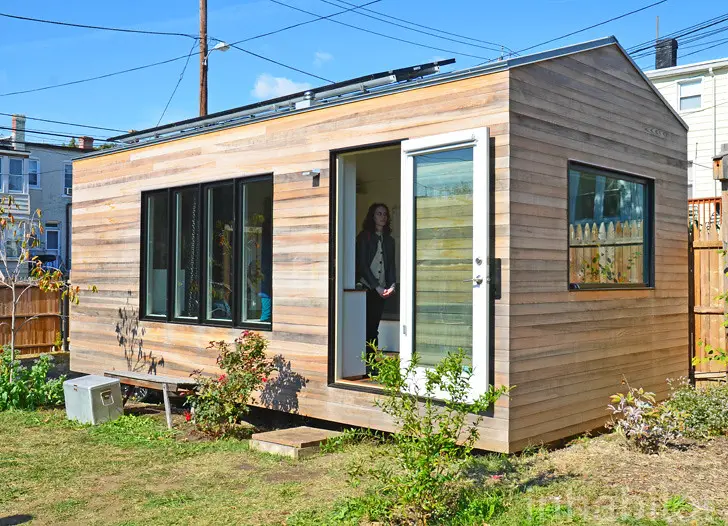
Many areas limit how tall or wide a structure can be, especially if it is on wheels. Exceeding height limits can bar your home from traveling on public roads without special permits. Builders focused on luxury touches often forget transportation logistics. Penalties can include fines or mandatory modifications.
State-by-state rules vary widely. Going just a few inches over can trigger enforcement actions. Transport-ready design is a key planning priority. Ignoring limits risks expensive corrections later.
6. Land Use Zoning Restrictions

Zoning laws dictate what kinds of structures are allowed on certain types of land. Even owning property does not guarantee you can park a tiny home there. Many areas prohibit non-traditional homes outside specific zones. Fines and forced removal are common consequences.
Some communities welcome tiny homes, while others ban them outright. Checking zoning classifications before buying land is essential. Rezoning efforts are complicated and rarely successful. Skipping this step can derail the entire project.
7. Parking Limitations
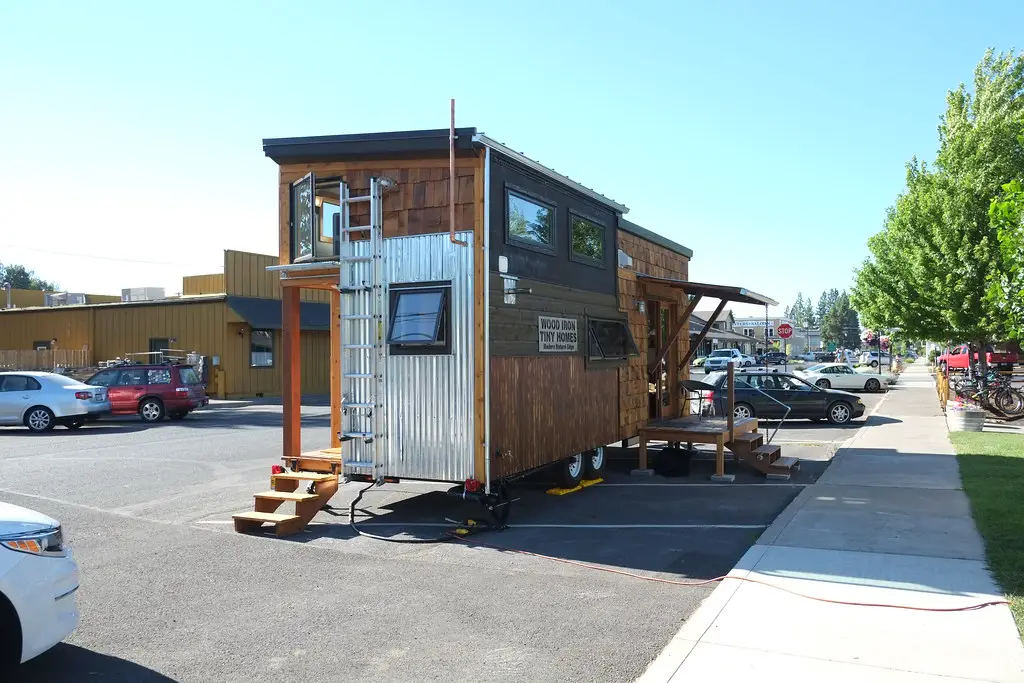
If your tiny home is on wheels, parking it legally can be a major challenge. Many cities restrict long-term parking of trailers and mobile units in residential neighborhoods. Some even set time limits of just 48 to 72 hours. Violators often face daily fines until they move.
Designated parking spots are rare and competitive. Homeowners associations (HOAs) often add additional parking bans. Keeping your tiny home legally parked requires constant vigilance. Planning ahead is the only safeguard.
8. Septic System Approval
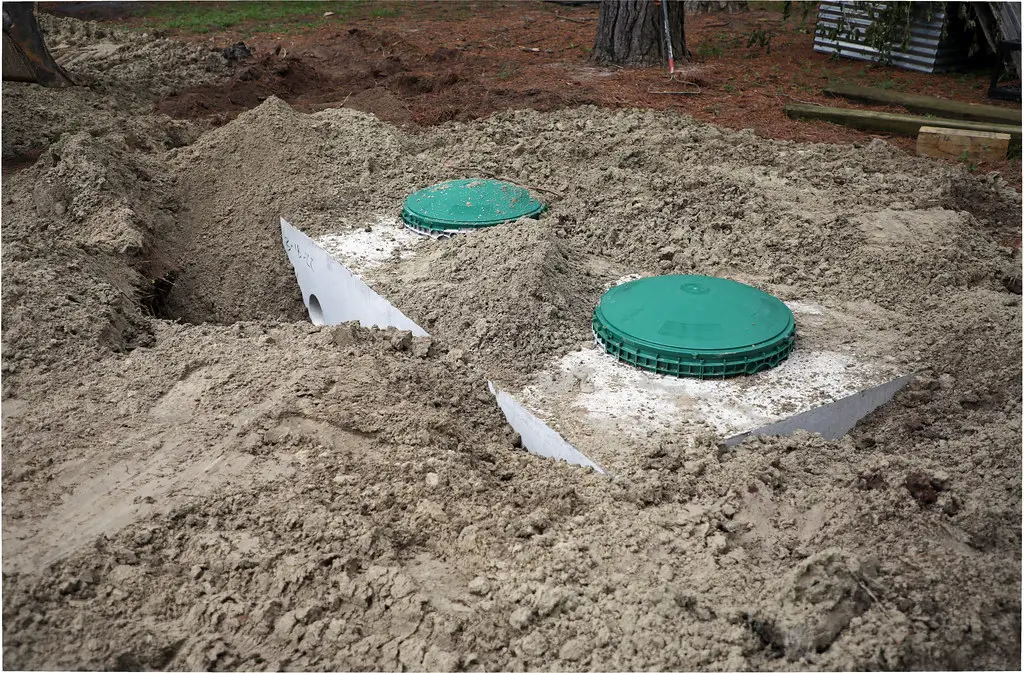
If you build on rural land, installing a septic system may be required for legal occupancy. Getting health department approval can be a long, expensive process. Tiny home owners often assume their water needs are too small to matter. Authorities often disagree.
Improper or absent septic systems violate environmental regulations. Fines can climb quickly with each day of noncompliance. Composting toilets are not always accepted alternatives. Local standards must be verified early in the planning process.
9. Fire Code Compliance
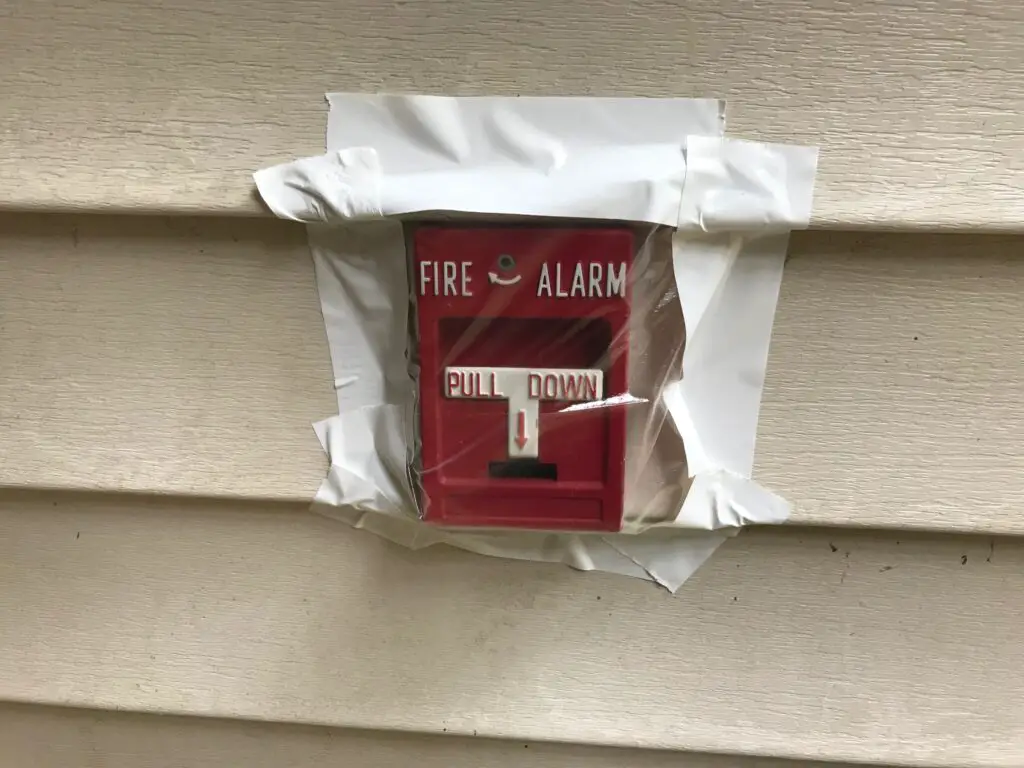
Tiny homes must meet fire codes, which can differ dramatically from state to state. Requirements might include specific smoke detector placements, fire-rated materials, or minimum exit door widths. Builders often overlook these codes during design. Missing details can halt your project or trigger fines later.
Fire marshals perform inspections before granting occupancy permits. Failing an inspection can delay your move-in by months. Safety codes are stricter than many anticipate. Cutting corners is not worth the risk.
10. Accessibility Requirements
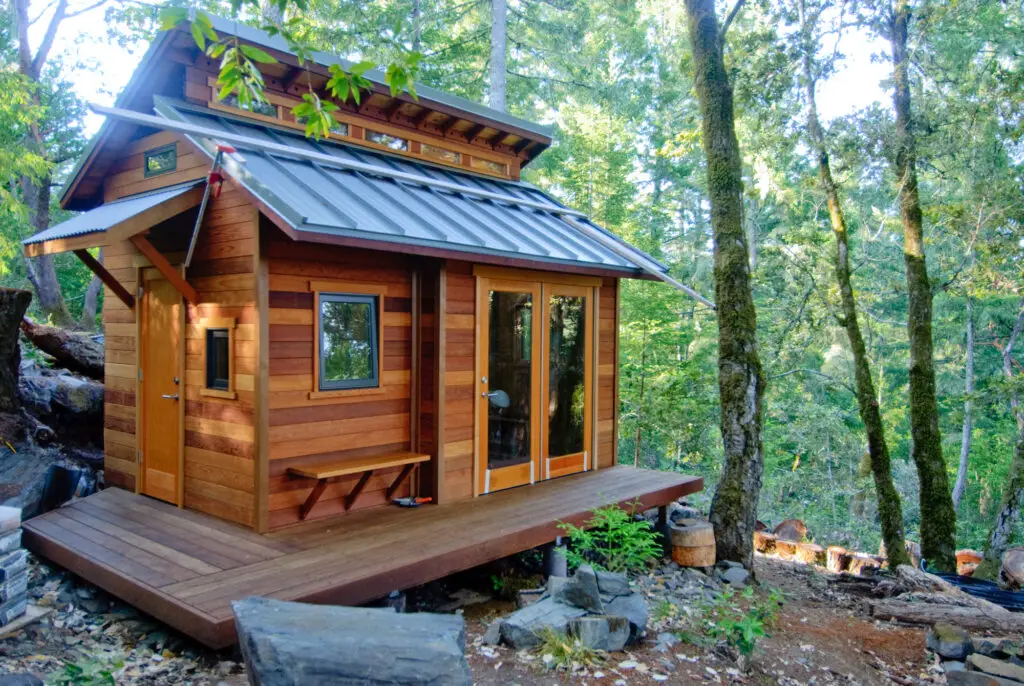
Some municipalities require new residential structures to meet accessibility standards, even for tiny homes. Features like wider doorways and ramps may be mandated. Builders focused on maximizing space often find compliance tricky. Non-compliance can block permits and trigger financial penalties.
Accessibility rules vary but are increasingly common. Ignoring them can leave your tiny home legally unusable. Retrofits are expensive and disruptive. It’s cheaper to design access features from the start.
11. Building Permit Confusion
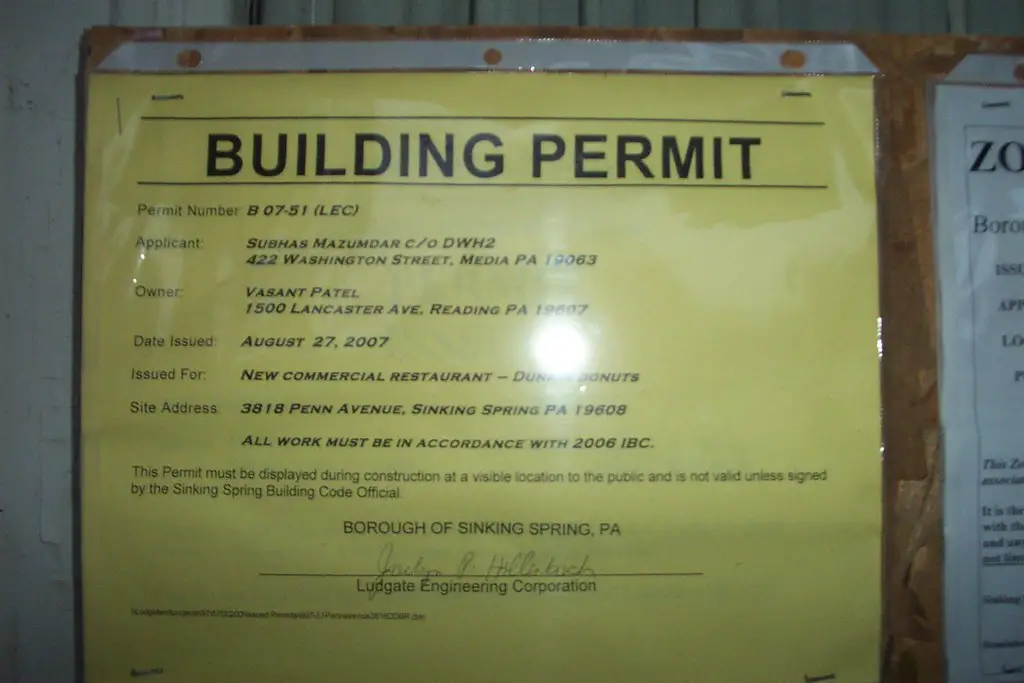
Many tiny home projects begin informally, with owners assuming permits are optional. In most areas, any permanent structure requires formal approval. Unpermitted homes are at risk for future demolition orders. Retroactively obtaining permits is often impossible.
Permit requirements apply even to DIY builds. Inspectors can halt work at any stage if they discover violations. Appeals processes are lengthy and rarely successful. Always file paperwork before breaking ground.
12. HOA Restrictions
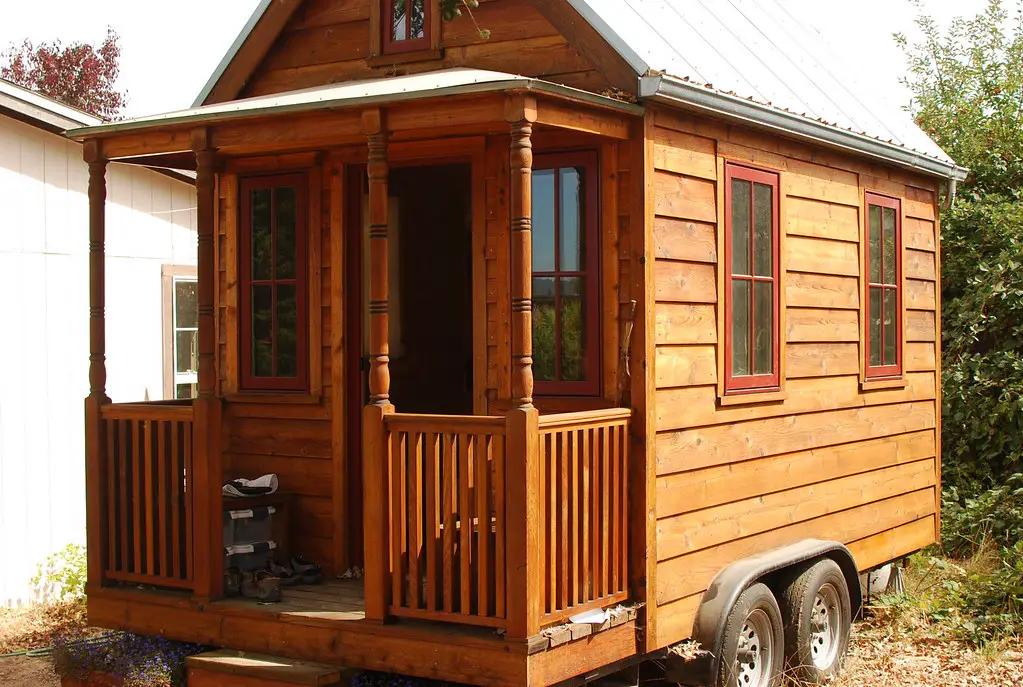
Even if local zoning allows tiny homes, your neighborhood HOA might not. Many HOAs ban non-traditional homes, temporary structures, or visible trailers. HOA fines can pile up fast and lead to liens against your property. Few tiny home owners check the bylaws first.
HOAs have tremendous legal power. Fighting them is expensive and time-consuming. Full disclosure reviews are essential before choosing a location. Ignorance will not protect you.
13. Snow Load and Wind Zone Standards

Tiny homes must meet regional standards for snow load and wind resistance. Builders in northern or coastal areas face stricter building code demands. A home that is fine in California may be illegal in Michigan. Failing to meet weather standards can void insurance or occupancy permits.
Structural integrity inspections are common before approvals are granted. Ignoring environmental codes is costly and dangerous. Weather can destroy a poorly built tiny home. Proper engineering from the start is non-negotiable.
14. No Grandfathering In
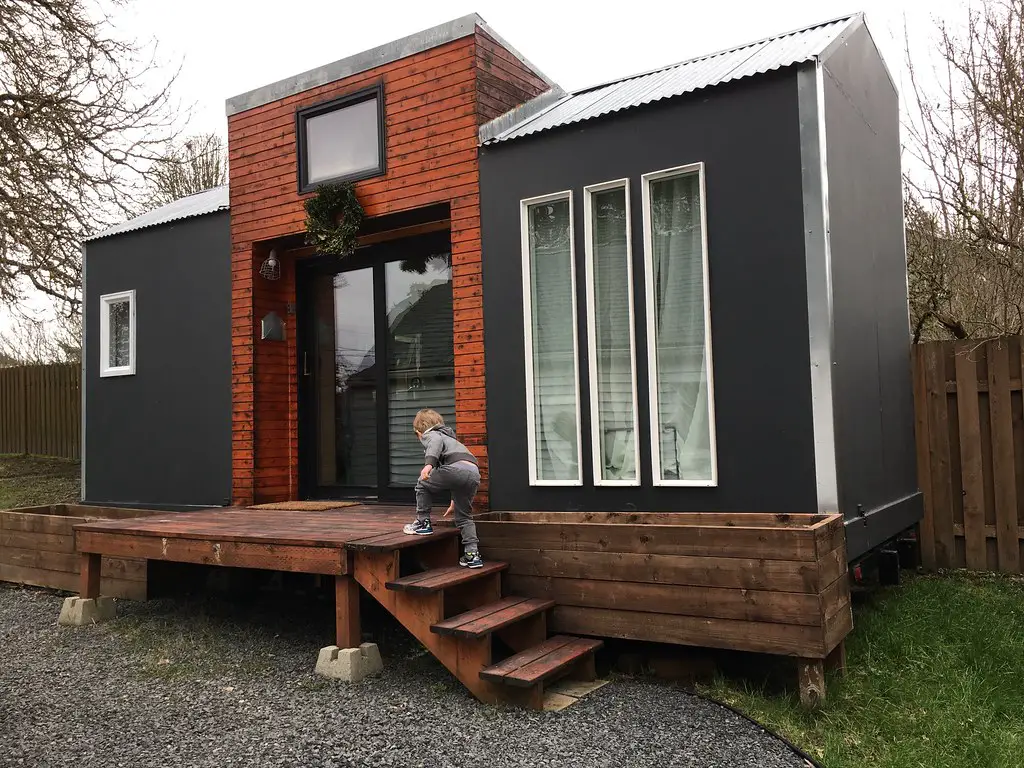
Tiny home builders often assume that once they move in, they are safe from future legal changes. In reality, cities sometimes pass new rules targeting existing homes. If your dwelling becomes non-compliant, you could be forced to move or make expensive upgrades. There are rarely protections for early adopters.
“Grandfathering” clauses are not guaranteed. Tiny homeowners must monitor local legislation carefully. Staying legal sometimes requires continuous adaptation. No tiny home is ever truly beyond regulation.
